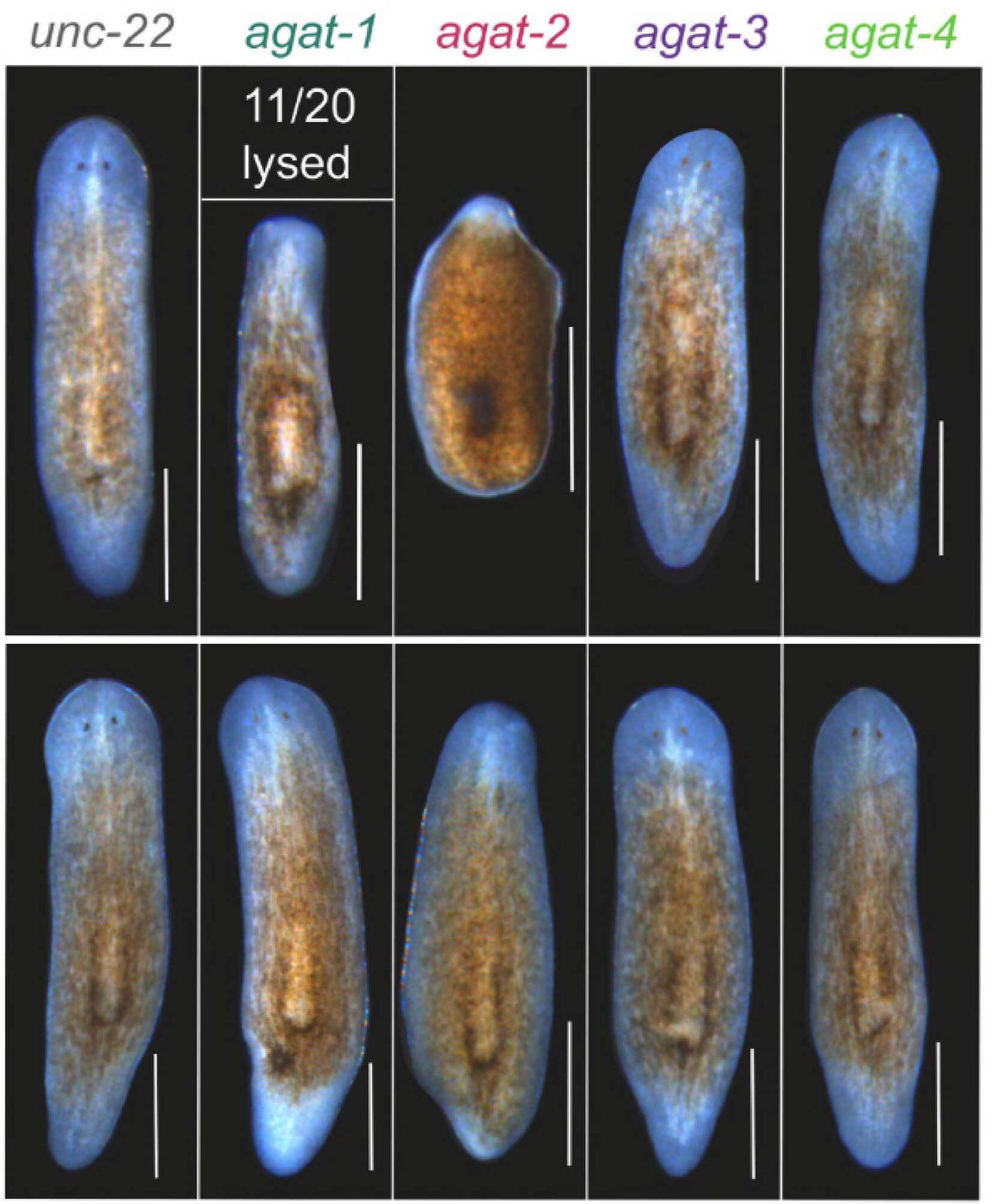By Cathy Yarbrough
Ron Conaway, PhD, taught himself calculus when he was a high school student in his hometown of Sidney, Montana. “My teachers did not know calculus,” says Conaway. So Conaway’s parents, who were bookkeepers, drove their son to Billings, Montana—a four-hour trip each way—to purchase books about calculus and the other subjects that fascinated him.
“When I was growing up, I also wanted to learn more about chemistry, physics, and philosophy. Even then I was interested in thinking about solving problems,” he says.
Conaway’s study of calculus often led to questions for which answers were not readily available. The internet didn’t exist then. “Nowadays students can find answers to their questions by turning on a computer and searching online,” he says. But Conaway had to wait until he arrived at Indiana University (IU), where he found “a whole new world, including an extensive library and people who could answer my questions.”
Conaway earned a BA degree in physics and chemistry at IU and was one course short of also obtaining a bachelor’s degree in philosophy. While a freshman, he decided to pursue a career in biomedical research. Because his mother had died from cancer, Conaway considered studying the biological processes disrupted in the disease.
“Oncogenes had not yet been discovered,” Conaway explains. “However, it was known that cancer cells had different phenotypes, or observable features, that had something to do with DNA replication and transcription.” During transcription, a gene’s DNA instructions for a specific protein are transcribed into a format (messenger RNA, or mRNA) that can be “read” by the cell’s protein manufacturing machinery.
To gain experience in biomedical research, Conaway interned in the laboratory of IU Professor of Chemistry John P. Richardson, PhD, who was searching for the mechanism by which the Rho factor enzyme terminated transcription in bacterial cells. “Although I didn’t make a major contribution, the research was a blast because it was like detective work,” he recalls.
Although he enjoyed the research, Conaway felt that something was missing from the experience. The Rho factor had been identified many years before Richardson investigated its role in transcription. “I decided that it would be more fun to conduct mechanistic experiments on a new enzyme activity that I had helped to discover,” he says.
During their careers, Conaway and his research partner and spouse, Joan Weliky Conaway, PhD, who he met when they were graduate students at Stanford University and who also is a Stowers investigator, discovered and determined the mechanisms of action of numerous molecules that influence transcription. “Joan and I have been able to do this enough times to keep me really happy,” he jokes. And indeed, that productivity has resulted in over 180 co-authored scientific papers.
What did you enjoy most about growing up in Sidney, Montana?
Only in retrospect, when I was at IU, did I realize that I had liked living in Sidney because my family and I knew everyone there including the ranchers and farmers in the area. During my first months as a freshman at IU, I was anxious because I had never lived any place with so many people. On campus, I would walk by people whom I would never see again. That was a new experience for me.
Some scientists regarded your and Joan Conaway’s decision to work together as unusual. But you do not. Why?
Where I grew up, it was very common for a husband and wife to work together. Many of the ranches and farms were operated jointly by married couples. When Joan and I began working together over thirty years ago, there were not that many married couples in science.
With one exception, we’ve held equal positions and shared the same lab. After completing our postdoctoral studies, I was briefly a faculty member in the chemistry department at the University of Texas at Austin. Joan was a research associate and did not apply for a faculty position. We left about a year later to join the Oklahoma Medical Research Foundation, where we each had a faculty position but shared one lab. We’ve had a similar situation at Stowers.
You have witnessed and contributed to the development of Stowers into one of the nation’s leading biomedical research institutes. Why has Stowers succeeded?
I see the reasons for the Stowers Institute’s success starting with Jim Stowers Jr., who not only conceived of the Institute but also paid for it. Jim was a great judge of character, which partly explains why he was able to start with virtually nothing and build American Century Investments into a successful and thriving asset management firm. He hired good people to staff the company.
Jim also picked good people to build the Institute. One of Jim’s brilliant decisions was to hire Bill Neaves, PhD, the first president of Stowers, and Robb Krumlauf, PhD, the first scientific director. They were extraordinary leaders who provided a foundation of research excellence. As a result, Stowers has been a great place to conduct research.
You and Joan plan to retire in 2021. What are your plans?
We likely will stay in Kansas City. However, we’ve been so focused on our predocs and postdocs that we’ve not decided what we’ll be doing after we retire. Joan and I have been helping our trainees finish their research projects and training and then line up their next position so that they will have the best chances of having a happy and productive future in science.
What will you miss most about conducting research?
When I was growing up, I liked thinking about chemistry, physics, and math, but it was not satisfying because I could not test my ideas in a lab. As a scientist, I have been able to talk about research problems with other people in the lab and conduct experiments to determine whether my ideas were correct. I’ll likely miss that.




